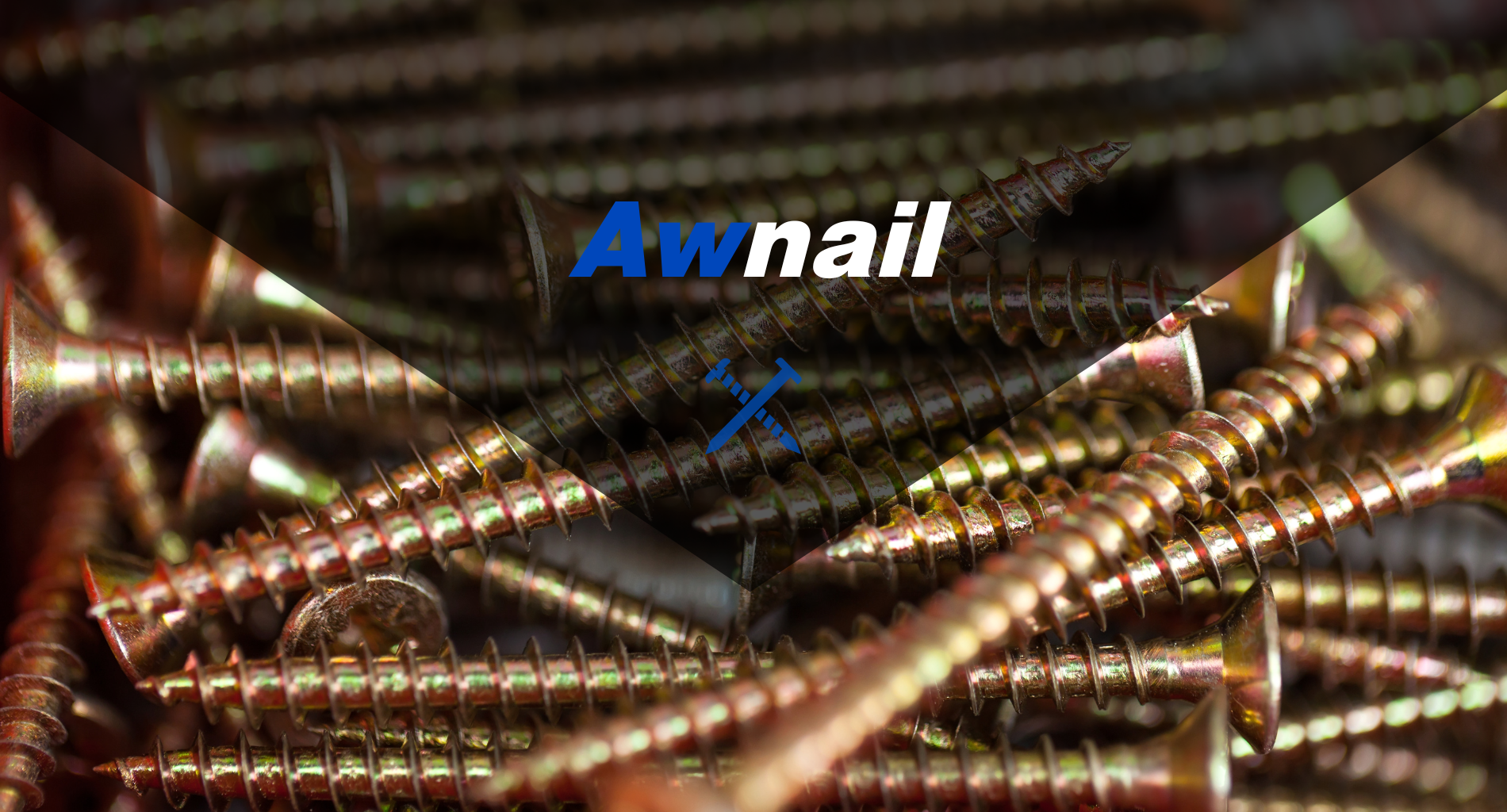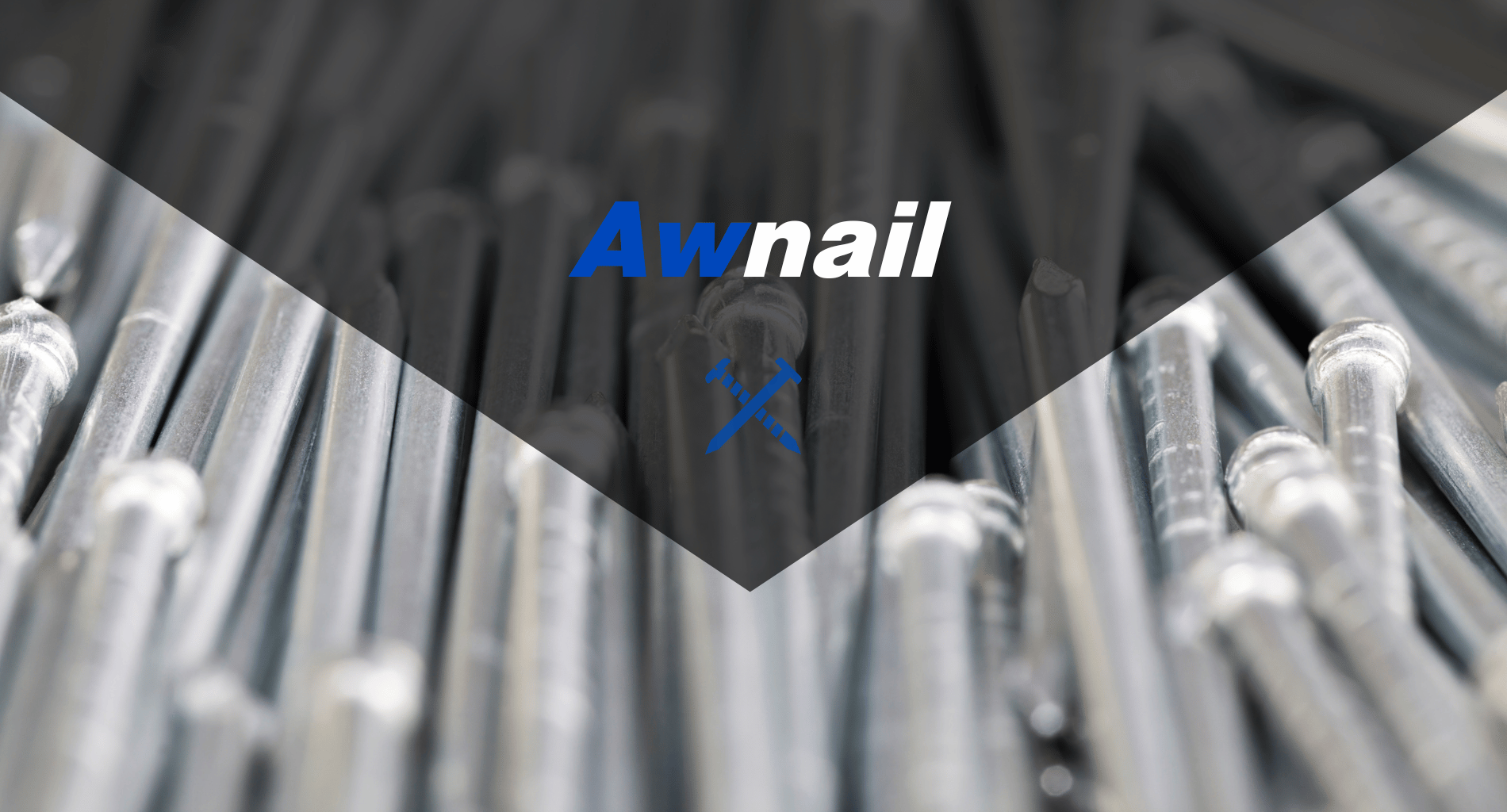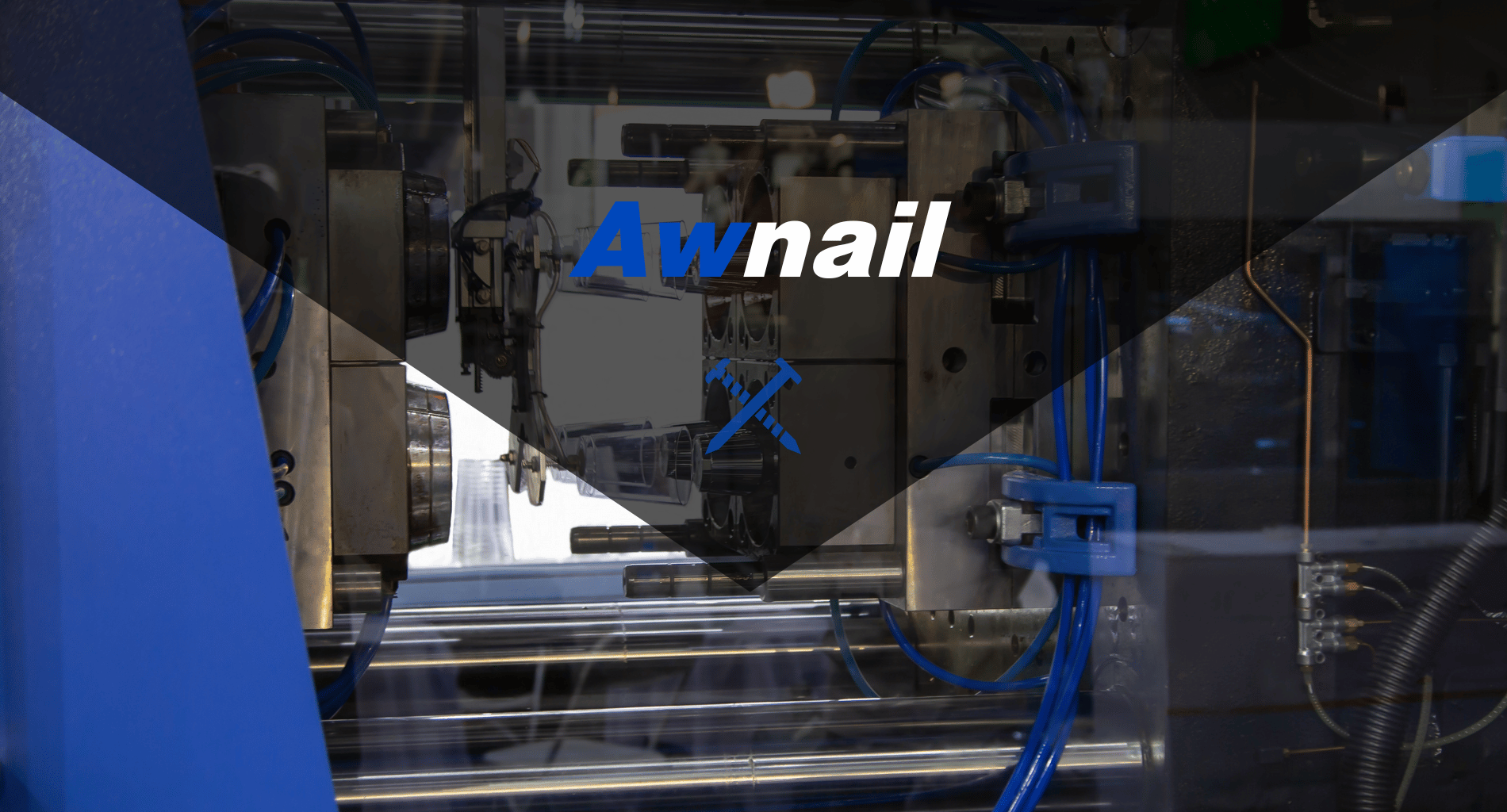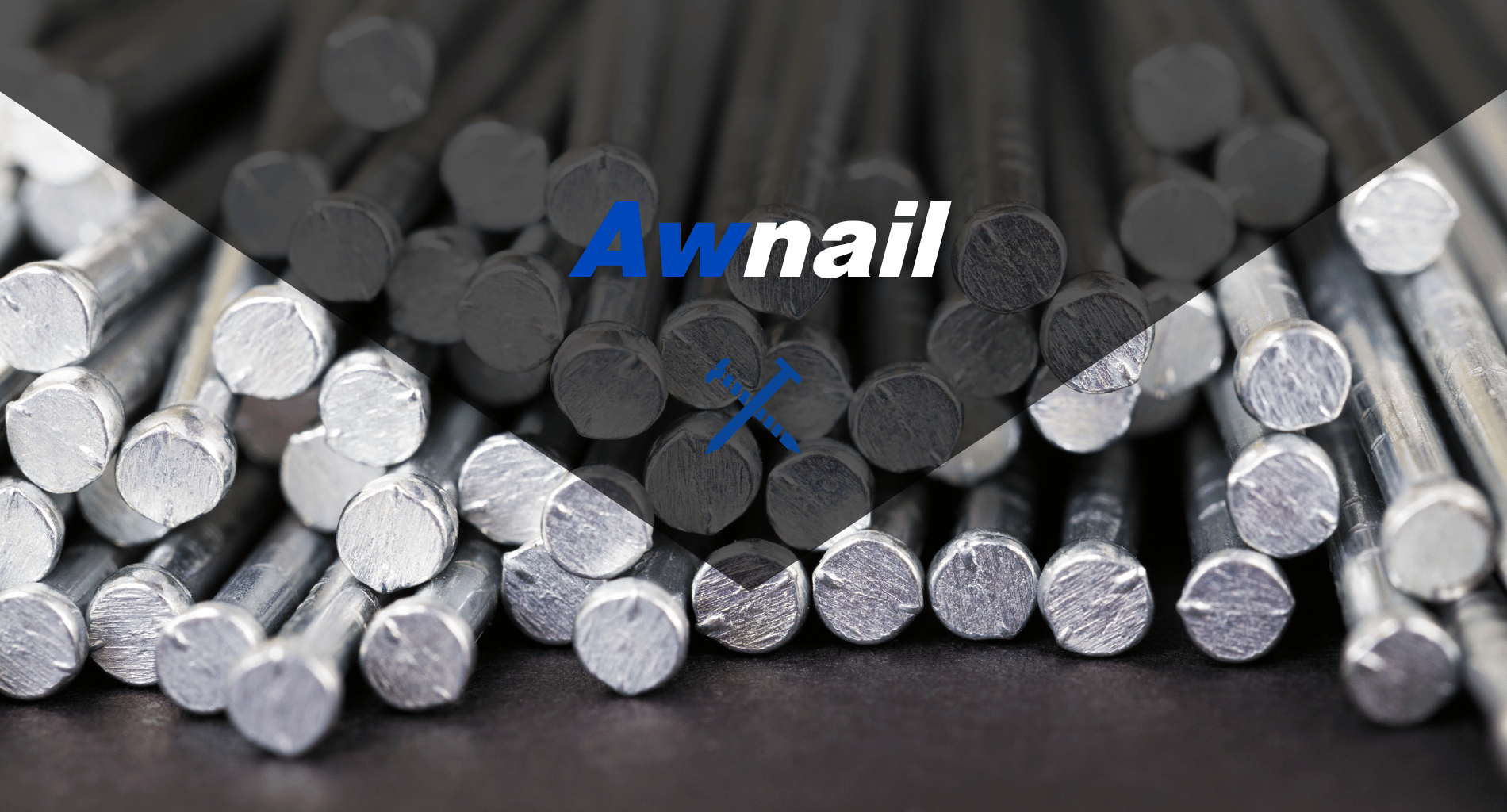Ever wonder how to drastically increase production efficiency in the nail manufacturing industry? The answer lies in integrating a high-speed nail making machine.
With years of expertise and a deep understanding of nail production technology, this guide is your go-to resource.
In the rapidly evolving world of manufacturing, the high-speed nail making machine speeds up production and also minimize waste, ensuring that businesses can meet demand without compromising on quality.
In the following sections, you’ll discover the benefits of high-speed nail machines, how to choose the right one for your business, and tips for seamless integration.
Dive deeper to transform your nail production line.
1. Understanding High-Speed Nail Machine Technology
High-speed nail making machines embody a technological advancement in the manufacturing sector. Their design focuses on rapid production without compromising on the quality of the nails produced. These machines operate at impressive speeds, significantly reducing the time required for nail production.
Furthermore, these machines are equipped with state-of-the-art control systems. These systems ensure precision in every aspect of production, from nail size to shape and quality. The integration of automation and digital monitoring tools allows for real-time tracking and adjustments, ensuring consistent output and minimal waste. This level of control and efficiency marks a significant step forward in the nail manufacturing industry.
2. Benefits of Integrating High-Speed Nail Making Machines
In the context of our understanding of high speed nail making machines, it’s also beneficial to consider the advantages of integrating high-speed nail making machines into the production process. Here are the key benefits:
Increase in Nail Production Rates
High-speed nail making machines redefine productivity standards by enabling the production of up to 700 nails per minute. This unparalleled speed is a game-changer, allowing businesses to scale up output and easily accommodate spikes in demand. The ability to swiftly produce large volumes of nails ensures that supply chain commitments are met with precision and speed, setting new benchmarks in manufacturing efficiency.
Precision and Uniformity in Every Nail
The integration of high-speed nail making machines ensures that each nail is crafted with exceptional precision and uniformity. These machines utilize advanced sensing and control technologies to monitor nail dimensions and quality in real time. This level of consistency minimizes the need for manual quality checks and reduces the likelihood of product rejections, ensuring that customers always receive nails that meet their quality criteria.
Optimized Operational Costs Through Efficiency
High-speed nail making machines not only speed up production but also cut costs by maximizing material and energy efficiency. This results in significant reductions in raw material waste and energy consumption, leading to cost savings. Furthermore, according to Vorne, manufacturers can boost their capacity by up to 40% by reducing equipment losses, enhancing both speed and economy in the manufacturing process.
Adaptability to Various Nail Types
High-speed nail making machines are often capable of producing a wide range of nail types and sizes, providing versatility to manufacturers. This adaptability allows producers to meet diverse market needs without the requirement for multiple machines.
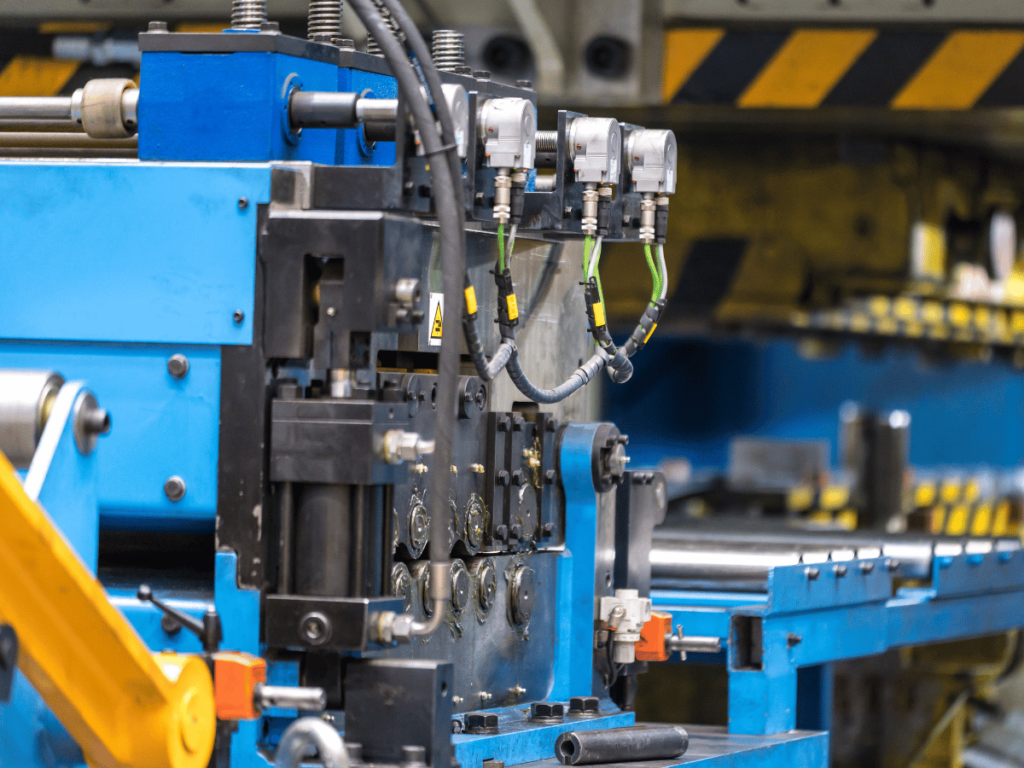
3. Steps for Successful Integration
Understanding the benefits of high-speed nail making machines lays the groundwork for their successful integration into a manufacturing setting. Here are the essential steps for a seamless integration:
Step#1 Strategic Planning and Goal Setting
The integration process begins with strategic planning and setting clear goals. For instance, this involves determining how the new machine will fit into the existing production line, what improvements or changes it will bring, and how it aligns with the company’s long-term objectives. Effective planning sets the stage for a smooth integration process.
Step#2 Manufacturer Selection and Procurement
Choosing the right manufacturer, like Awnail, is a critical step in the integration process. It involves evaluating various suppliers to find one that offers the best combination of quality, support, and cost-effectiveness. Once the manufacturer is selected, the procurement process includes negotiating terms, finalizing the purchase, and coordinating the delivery of the machine.
Step#3 Developing an Implementation Timeline
The final step in the integration process is developing a detailed implementation timeline. This timeline should outline each stage of integration, from the arrival of the machine to its full operational status. It should also include time for staff training, testing, and any necessary adjustments to ensure the machine integrates smoothly into the production process.
The table below outlines key steps in developing an implementation timeline and their significance in the integration process.
| Implementation Stage | Description | Significance |
| Assessment and Planning | Assess current production processes and identify areas for improvement with the new machinery. Develop a detailed plan outlining the integration process and timeline. | Foundation: Sets the groundwork for successful integration by understanding existing processes and outlining objectives. |
| Procurement and Delivery | Order the machinery and coordinate delivery logistics. Ensure all necessary components and accessories are included and delivered on time. | Timely Acquisition: Ensures that the machinery arrives according to the planned timeline, preventing delays in the integration process. |
| Installation and Setup | Install the machinery in the designated production area according to manufacturer specifications. Test functionality and calibrate settings as needed. | Operational Readiness: Ensures the machinery is properly installed and configured for optimal performance. |
| Staff Training | Provide comprehensive training to operators and maintenance personnel on how to operate and maintain the new machinery safely and effectively. | Skill Development: Equips staff with the knowledge and skills necessary to operate the machinery efficiently, minimizing errors and maximizing productivity. |
| Testing and Adjustment | Conduct thorough testing of the machinery in simulated production conditions. Identify any issues or inefficiencies and make necessary adjustments. | Quality Assurance: Ensures the machinery meets performance standards and production requirements before full-scale operation begins. |
| Gradual Integration | Gradually integrate the machinery into the production process, starting with low-risk tasks and gradually increasing complexity. Monitor performance and address any issues that arise. | Risk Mitigation: Minimizes disruptions to production by gradually introducing the machinery and allowing time for troubleshooting and adjustment. |
| Full Operational Status | Achieve full operational status, with the machinery seamlessly integrated into the production process and performing at optimal efficiency. | Production Efficiency: Marks the successful completion of the integration process, allowing production to proceed smoothly with the new machinery in place. |
4. Installation and Commissioning Process
Following the steps for successful integration, the next critical phase is the installation and commissioning of high-speed nail making machines. Here are the key stages of the installation and commissioning process:
Step#1 Site Preparation and Safety Checks
Before the actual installation, it is essential to prepare the site where the machine will be installed. This includes ensuring that the space is adequate, the floor is reinforced if necessary, and all safety protocols are in place. Conducting thorough safety checks before installation helps prevent future operational hazards.
Step#2 Mechanical and Electrical Installation
The mechanical installation involves placing the machine in the designated area and ensuring it is correctly aligned and leveled. Following this, the electrical installation includes connecting the machine to the power supply and configuring any necessary control systems. It’s crucial that these tasks are performed by skilled technicians to avoid future technical issues.
Step#3 Calibration and Testing
Once the machine is installed, it must be calibrated to ensure it operates according to the required specifications. This involves setting up the machine to produce nails of the desired size and quality. Testing is then conducted to check for any operational issues and to verify that the machine is producing nails at the expected standards of quality and efficiency.
Step#4 Final Commissioning and Staff Training
The final stage is the commissioning of the machine, which includes a comprehensive review to ensure that all systems are functioning correctly. This stage also involves training the staff who will operate the machine. Effective training ensures that the operators are well-versed in both the production process and safety protocols, thereby enhancing overall productivity and safety.
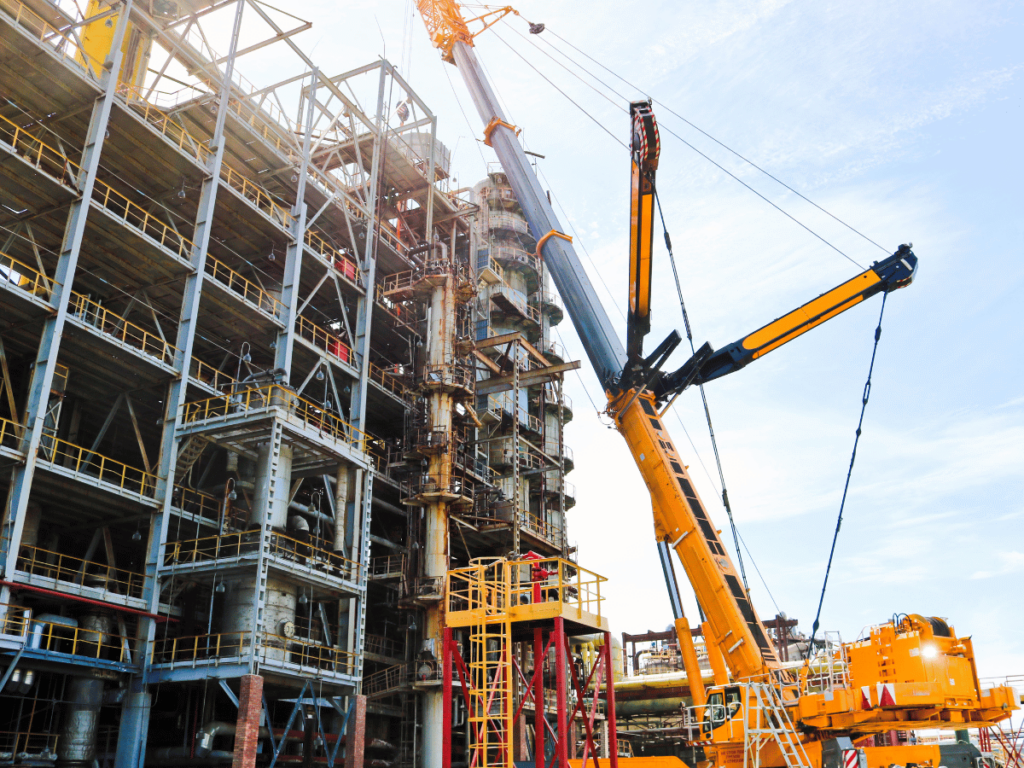
5. Cost-Benefit Analysis
When considering high-speed nail making machines, the investment is significant but promises substantial long-term returns. Prices range from $4,000 to $120,000, a reflection of their technological sophistication. This upfront cost is offset by long-term benefits: enhanced production efficiency reduces operational costs through minimized material waste and energy use.
Additionally, the ability to meet larger orders with consistent quality can open new revenue streams. With the high-speed nail making machine market projected to grow at a 7.1% CAGR from 2023 to 2029, according to Benzinga, this investment positions businesses for future success and growth.

6. Challenges and Solutions in Integration
Following the cost-benefit analysis, it’s clear that while high-speed nail making machines offer significant advantages, integrating them into existing systems presents its own set of challenges. Here are some of the common challenges and their respective solutions:
Technical Compatibility
- Challenge: Integrating new machinery with existing production lines can face technical compatibility issues.
- Solution: Conduct a thorough assessment of the existing systems and seek expert advice to ensure seamless integration of the new machines with minimal disruption.
Skill Gap
- Challenge: Operating high-speed nail making machines requires a certain level of technical skill that existing staff may not possess.
- Solution: Invest in comprehensive training programs for staff to bridge this skill gap, ensuring they can effectively manage and maintain the new technology.
Financial Planning
- Challenge: The substantial initial investment in high-speed nail making machines can be a financial strain.
- Solution: Explore financing options and grants that can alleviate upfront costs. Additionally, detailed financial planning can help in allocating funds effectively and preparing for the long-term benefits.
7. The Impact of High-Speed Nail Making on Manufacturing
Having explored the challenges and solutions to integrating high-speed nail making machines, it’s essential to understand the broader impact these machines have on the manufacturing landscape. Here are the key areas of impact:
Increased Production Capacity
The most immediate impact of high-speed nail making machines is a dramatic increase in production capacity. For example, these machines can produce nails at a rate several times faster than traditional methods. This heightened capacity allows manufacturers to meet larger orders and expand their market reach, ultimately contributing to business growth and scalability.
Improved Product Quality
At Awnail, high-speed nail machines are not just about speed; they also bring improvements in product quality. With precise control mechanisms and consistent production processes, these machines ensure that each nail meets stringent quality standards. This results in fewer defects and a higher overall quality product, which is essential in maintaining customer satisfaction and brand reputation.
Environmental Sustainability
Lastly, the impact of these machines extends to environmental sustainability. High-speed nail machines often consume less energy per unit of production and reduce material wastage. This efficiency contributes to a lower carbon footprint, aligning nail manufacturing processes with the growing need for environmentally responsible industrial practices.
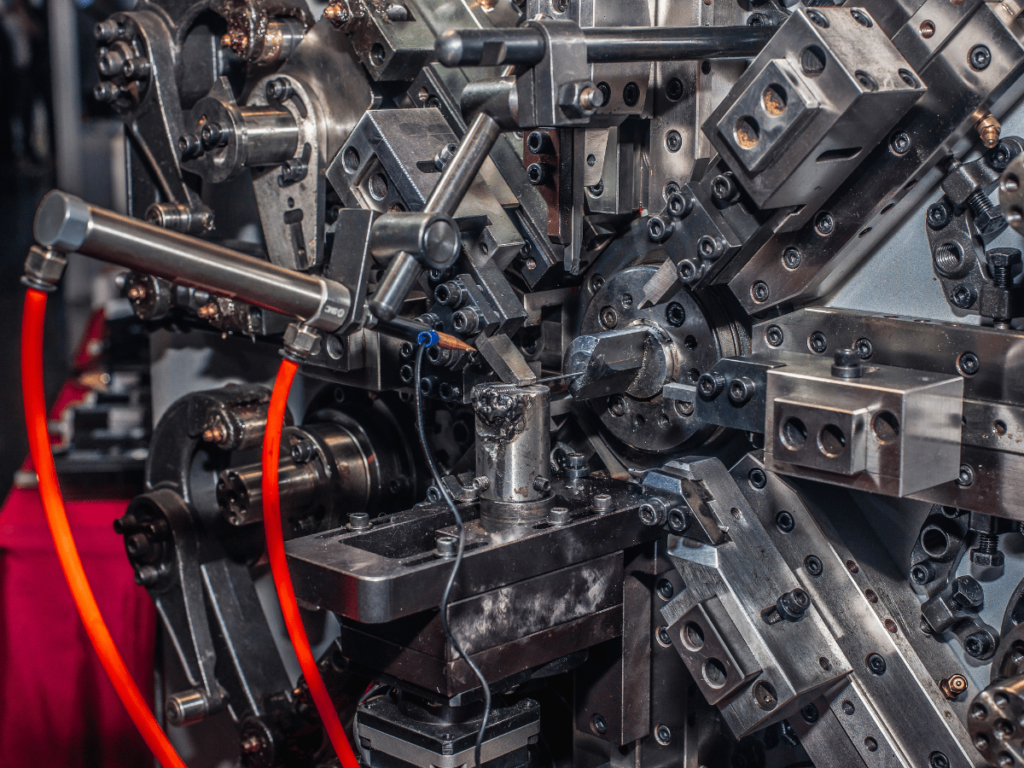
Dive Deeper Into Our Resources
Looking for more diverse product options? Browse through our handpicked selections:
Still haven’t found what you’re looking for? Don’t hesitate to contact us. We’re available around the clock to assist you.
Conclusion
The integration of high-speed nail making machines represents a significant advancement in the nail manufacturing industry. It is evident that the adoption of this technology is a strategic move for businesses aiming to stay competitive and responsive to market demands.
For those considering taking this step, Awnail, a leading nail making machine manufacturer, stands ready to assist. Contact us today to explore how these innovative solutions can benefit your business.

